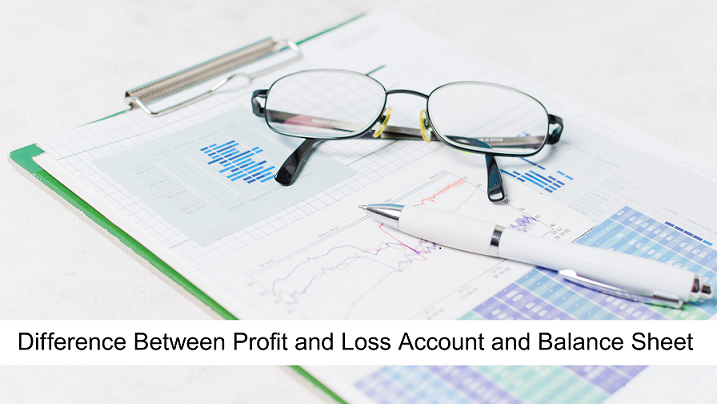
When reviewing financial statements, the balance sheet and profit and loss account are two key documents that often confuse. The balance sheet gives a snapshot of what a company owns and owes at a specific moment, showing its financial position clearly. In contrast, the profit and loss account summarises the company’s revenue and expenses over a period, highlighting its profitability.
Understanding the difference between these financial statements helps business owners and stakeholders make better decisions. While the balance sheet focuses on assets, liabilities, and equity, the profit and loss account reveals how well the company performs financially over time. Together, they provide a complete picture of a company’s health and growth potential.
A balance sheet is a financial report that summarises your business’s financial state at a specific point in time. It shows what your business owns (assets) and what it owes (liabilities), helping you understand the overall financial health. For individuals running a business, it’s like a snapshot that reveals your company’s net worth and helps in making informed decisions about growth and investments.
By regularly reviewing your balance sheet, you can track progress and manage resources effectively, ensuring your business stays financially strong and stable. This document is essential for planning and securing loans or investments.
A Profit and Loss Account, also known as a P&L statement, is a financial document that summarises your business’s revenues, costs, and expenses over a specific period. It helps you see whether your business made a profit or faced a loss during that time. By tracking income and expenses clearly it gives you an easy way to understand your company’s financial performance and make informed decisions for growth.
Understanding financial statements is essential for anyone managing personal finances or running a business. Among these, the balance sheet and profit and loss (P&L) statement are two of the most important documents, yet often misunderstood. Both provide vital but different insights into your financial health.
The balance sheet is a core financial statement that shows a company’s financial position at a specific date. It is divided into three main components:
Together, these components ensure the balance sheet equation:
Assets = Liabilities + Equity.
The profit and loss (P&L) account, also known as the income statement, summarises a company’s financial performance over time. Its main components include:
This financial statement helps track operational efficiency and profitability, complementing the balance sheet to provide a full financial picture.
The balance sheet and profit and loss account are closely connected financial statements that together provide a complete picture of a company’s financial health. The balance sheet shows what the business owns and owes at a specific point in time, including assets, liabilities, and equity. Meanwhile, the profit and loss statement summarises the company's income and expenses over a period, highlighting profitability.
By reading this blog, you get complete details about balance sheets and profit and loss accounts. If you have any questions, we are here to help. Our expert team of accountants assists with final or annual accounts. We will ensure your final accounts are accurately prepared and filed with Companies House and HMRC. Contact us at 0208 8611685 or email info@phs-uk.co.uk. Get in touch today for reliable support with your final accounts.
Frequently Asked Questions